Metaphor to Métier: Kerry Tribe’s “Aphasia Poetry Club” and the Discourse of Disability in Contemporary Art
Abstract
:Thus ‘word-finding’ is merely an anodyne clinical expression that masks the speakers true aim—self-expression. Aphasic language may be categorized as fluent or non-fluent, as loghorrea or jargon, as apraxic or agrammatical—yet ironically the farther it veers from ‘conversational’ speech, the closer it comes to pure poetry.18 After all, metaphor is, by definition, a paraphasic process: according to its early Aristotelian definition it “consists in giving the thing a name that belongs to something else” (Sontag 1990, p. 93).I’m aphasic and you’re an artist, but we have a commonality of trying to express ourself [sic]. …that’s why, I dunno, we entrust you, to use you through it, because it’s like two layers deep… even now I know what I want to say but I want to say it more eloquently and write it down or try to figure out all these ways. It’s not coming the way I want to but regardless it’s the same experience, right?
Funding
Acknowledgments
Conflicts of Interest
References
- Chandler, Eliza, Nadine Changfoot, Carla Rice, Andrea Lamarre, and Roxanne Mykitiuk. 2018. Cultivating Disability Arts in Ontario. Review of Education, Pedagogy, and Cultural Studies 40: 249–260. [Google Scholar] [CrossRef]
- Damasio, Antonio R. 1998. Signs of Aphasia. In Acquired Aphasia, 3rd ed. Edited by Martha Taylor Sarno. New York: Academic Press, pp. 25–41. [Google Scholar]
- Dixon, Laurinda. 2013. The Dark Side of Genius: The Melancholic Personal in Art, ca. 1500–1700. University Park: The Pennsylvania State University Press. [Google Scholar]
- Doody, Rachelle Smith. 1991. Aphasia as Postmodern (Anthropological) Discourse. Journal of Anthropological Research 47: 285–303. [Google Scholar] [CrossRef]
- Ellegood, Anne, and Douglas Fogle. 2011. All of This and Nothing. Los Angeles: Hammer Museum. [Google Scholar]
- Freud, Sigmund. 1953. On Aphasia: A Critical Study. New York: International Universities Press. [Google Scholar]
- Goulish, Matthew. 2013. ‘A Clear Day and No Memories’: Neurology, Philosophy, and Analogy in Kerry Tribe’s HM. Art Journal 72: 12–29. [Google Scholar] [CrossRef]
- Hadley, Bree, and Donna McDonald. 2019. The Routledge Handbook of Disability Arts, Culture, and Media. New York: Routledge. [Google Scholar]
- Heilman, Kenneth M. 2018. Aphasia Syndromes and Information Processing Models: A Historical Perspective. In The Oxford Handbook of Aphasia and Language Disorders. Edited by Raymer Anastasia M. and Leslie J. Gonzalez Rothi. Oxford: Oxford University Press. [Google Scholar]
- Jakobson, Roman. 1971. Studies on Child Language and Aphasia. Paris: Mouton. [Google Scholar]
- Karp, Diane. 1985. Ars Medica: Art, Medicine, and the Human Condition. Philadelphia: Philadelphia Museum of Art. [Google Scholar]
- Klages, Mary. 2012. An Other Order of Discourse. English Language Notes 50: 103–5. [Google Scholar] [CrossRef]
- Kuppers, Petra. 2007. The Scar of Visibility: Medical Performance and Contemporary Art. Minneapolis: University of Minnesota Press. [Google Scholar]
- McDonald, Donna. 2018. Visual narratives: contemplating the storied images of disability and disablement. In The Routledge Handbook of Disability Arts, Culture, and Media. Edited by Bree Hadley and Donna McDonald. New York: Routledge. [Google Scholar]
- Merjian, Ara H. 2012. ‘Those ars all bellical’: Luca Buvoli’s Velocity Zero (2007–2009) and a post/modernist poetics of aphasia. Word & Image: A Journal of Verbal/Visual Enquiry 28: 101–16. [Google Scholar]
- Nadeau, Stephen E., Leslie J. Gonzalez Rothi, and Bruce Crosson, eds. 2000. Aphasia and Language: Theory to Practice. New York: The Guilford Press. [Google Scholar]
- Pafunda, Danielle. 2012. The Subject in Pain: A Poetics. English Language Notes 50: 93–98. [Google Scholar] [CrossRef]
- Sarno, Martha Taylor, ed. 1998. Acquired Aphasia, 3rd ed. New York: Academic Press. [Google Scholar]
- Raymer, Anastasia M., and Leslie J. Gonzalez Rothi, eds. 2018. Aphasia Syndromes: Introduction and Value in Clinical Practice. In The Oxford Handbook of Aphasia and Language Disorders. Oxford: Oxford University Press. [Google Scholar]
- Riley, Christopher. 1996. The Killing Fields. Santa Fe: Twin Palms. [Google Scholar]
- Sontag, Susan. 1990. Illness as Metaphor and AIDS and Its Metaphors. New York: Doubleday. [Google Scholar]
- Wright, Alastair. 2018. On Not Seeing Tahiti: Gauguin’s Noa and the Rhetoric of Blindness. In Gauguin’s Challenge: New Perspectives after Postmodernism. Edited by Norma Broude. New York: Bloomsbury. [Google Scholar]
| 1 | My thanks to Kerry Tribe for her lively collaboration and ready responses to my questions. Aphasia syndromes vary significantly in both causes and effects, and aphasia cannot be understood in a monolithic way. For a detailed breakdown of the most common designations and their related pathologies, see (Sarno 1998, pp. 34–40). |
| 2 | The substitution of painting for person is a form of semantic paraphasia, where the thing being substituted bears a meaningful relationship (say, chair for table, or in this case, portrait for person) to the intended object. When a single phoneme is substituted or added, as in Kindiana, it is known as a phonemic or literal paraphasia. The speaker’s agrammatical omission of the indefinite article before Comanche is also a common aspect of aphasic speech in which functor words, such as articles, prepositions, and conjunctions, are dropped (ibid., p. 28). See also (Nadeau et al. 2000, p. 51). |
| 3 | Neurologist Rachelle Doody uses such name-testing to criticize the level of verbal organization expected from aphasics, particularly given the illogical and disorganized nature of many human speech acts (Doody 1991, pp. 292–93). |
| 4 | Kerry Tribe in conversation with the author, 20 September 2019. |
| 5 | Ibid. |
| 6 | On the coincidence of early aphasia research and the emergence of the European modernist avant-garde, see (Merjian 2012, pp. 107–3). As Merjian points out, as modernism became increasingly understood as symptomatic of aphasic degeneration, “Absence and loss (of meaning, of sense) served no longer as the dialectical, structuring opposite of modernist aesthetics, but rather its hollow core” (p. 108). For a nuanced critique of aphasia studies’ indebtedness to structural linguistics, see (Doody 1991, pp. 288–93). |
| 7 | As Doody (1991, p. 286) points out, “centuries worth of information has gone into neurological representations of the aphasic syndromes and their underlying localizations. See also (Raymer and Rothi 2018, pp. 3–7). In his discussion of Broca’s aphasia, one of the earliest-described aphasia syndromes, Kenneth Heilman (2018, p. 14) notes: “The reason the left frontal lobe lesion induces the syntactic deficit associated with Broca’s aphasia is not fully known; however, syntax is based on the ordering of symbols, characterized by categories such as agent and patient. Individuals with frontal lobe dysfunction are often impaired at ordering and sequencing. In addition, whereas the left hemisphere appears to be dominant for mediating categorical relationships, the right hemisphere mediates continuous relationships. Thus, because syntax requires the ordering of categorical relationships, damage to the left frontal lobe would impair these processes and lead to the agrammatism associated with Broca’s aphasia.” As Heilman points out, nineteenth-century studies of aphasia were predicated on the notion of brain modularity-specialization previously introduced by the inventor of phrenology, German physician and anatomist Franz Joseph Gall (11–12). Interestingly, two of the earliest researchers on aphasia, Paul Broca and Carl Wernicke, were both able to predict forms of aphasia that they themselves had not actually observed based on correctly postulating relationships between brain function and geography. |
| 8 | Excerpts from: Velocity Zero. 2007. Single-channel DVD, 5 min, color, sound. Edition of 5 (plus two artist’s proofs). |
| 9 | Kerry Tribe in conversation with the author, 20 September 2019. For her research into a planned project on aphasia funded by a 2012 Creative Capital grant, Tribe began attending stroke support groups in Southern California, including one established at Cedars Sinai Hospital called the Aphasia Support Group (ASG), which had an active Facebook presence. Tribe chose ten people to interview from within this community of individuals, all of whom had creative backgrounds. She subsequently began attending another group hosted by the Echo Park library called the Aphasia Book Club, an outgrowth of the ASG that launched during the making of the film. |
| 10 | Jakobson (1971, p. 41) referred to aphasia in terms of two opposite tropes, metaphor and metonymy, which he understood as presenting “the most condensed expression of the two basic modes of relation: the internal relation of similarity (and contrast) underlies the metaphor; the external relation of contiguity (and remoteness) determines the metonymy”. He developed categories of aphasic disorders based on these poles which can be partially mapped onto current clinical nomenclature, such that Broca’s or motor-efferent aphasia was in Jakobson’s terminology a form of encoding disorder affecting the metonymic functions of combination and contiguity; whereas Wernicke’s or sensory-efferent aphasia was understood as a type of decoding disorder affecting the word-selection functions governed by metaphoric substitution and selection. See (ibid., pp. 44–48 “Aphasia as a Linguistic Topic”, pp. 49–73 “Two Aspects of Language and Two Types of Aphasic Disturbances”, p. 80 “Toward a Linguistic Typology of Aphasic Impairments”, pp. 97–98 “Linguistic Types of Aphasia”). |
| 11 | Elsewhere Jakobson, ever attempting to subordinate language to the two poles of metaphor and metonymy, uses his discussion of aphasia as a pretext for a literary aside, pointing out, “The principle of similarity underlies poetry; the metrical parallelism of lines, or the phonetic equivalence of rhyming words prompts the question of semantic similarity and contrast; there exist, for instance, grammatical and anti-grammatical but never agrammatical rhymes.” In contrast, metonymy is structurally prosaic—“prose… is forwarded essentially by contiguity.” Jakobson even goes so far as to differentiate literary modes, linking romanticism with metaphor and realism with metonymy (Jakobson 1971, p. 73 “Two Aspects of Language and Two Types of Aphasic Disturbances”). Tribe’s work bridges these poles, however, as is discussed in greater detail below. |
| 12 | Written and spoken language and auditory comprehension can each function independently, so certain aphasic syndromes will impact aspects of one area while leaving other abilities more-or-less intact. Furthermore, language deficit does not imply mental deficit or defect (Damasio 1998, pp. 26–29). |
| 13 | Kerry Tribe in conversation with the author, 20 September 2019. |
| 14 | It is important, given the working distinctions drawn in the field of disability studies, to acknowledge Tribe’s project as a form of “integrated arts,” wherein a non-disabled artist is working with people with cognitive disabilities without “amplifying boundaries, binaries, and power relations” between disabled and non-disabled individuals involved, while at the same time distinguishing it from the disability-led practice advocated by those in the field who want to foreground artists and makers with lived experience of disability. See (Hadley and McDonald 2019, p. 6; Chandler et al. 2018, pp. 251–3). |
| 15 | Leading disability scholar and activist Petra Kuppers has framed the practical ethics of disability arts as a question of how to create art in the presence of pain and alienation without causing it. Kuppers also investigates “disability culture and art-framed performance work that refused to disclose any notion of the fundamental essence of disability while setting up a seductive curiosity toward different forms of embodiment,” which might also be taken as a formulation of Tribe’s project (Kuppers 2007, p. 3). |
| 16 | Kerry Tribe in conversation with the author, 20 September 2019. |
| 17 | Kerry Tribe in conversation with the author, 20 September 2019. |
| 18 | Or, as Doody (1991, p. 297) points out with no small irony, to Derrida’s dream of the free play of the signifier, released from the strictures of signification. |
| 19 | Technically I am citing the artist entry by Corrina Peipon. The book is distributed by Prestel, NYC. |
| 20 | Kerry Tribe in conversation with the author, 20 September 2019. |
| 21 | In response to Sontag’s anti-magical thinking, Danielle Pafunda asks whether there might indeed be some utility to metaphors of the body and its condition: “But what about metaphors that help us communicate our otherwise inarticulable experiences of illness and disability? To critique the power dynamics between the kingdoms of the well and the ill? To deconstruct the border between ill and well, and refuse the idea that either is a unified land? Perhaps we find that illness is a metaphor, insofar as every human thing is” (Pafunda 2012, p. 97). |
| 22 | To this we might add as a more modern example Gauguin’s written accounts of Tahiti and his invocation of blindness to express his outsider status. See (Wright 2018, p. 130). |
| 23 | For a survey of relevant examples, see (Karp 1985). |
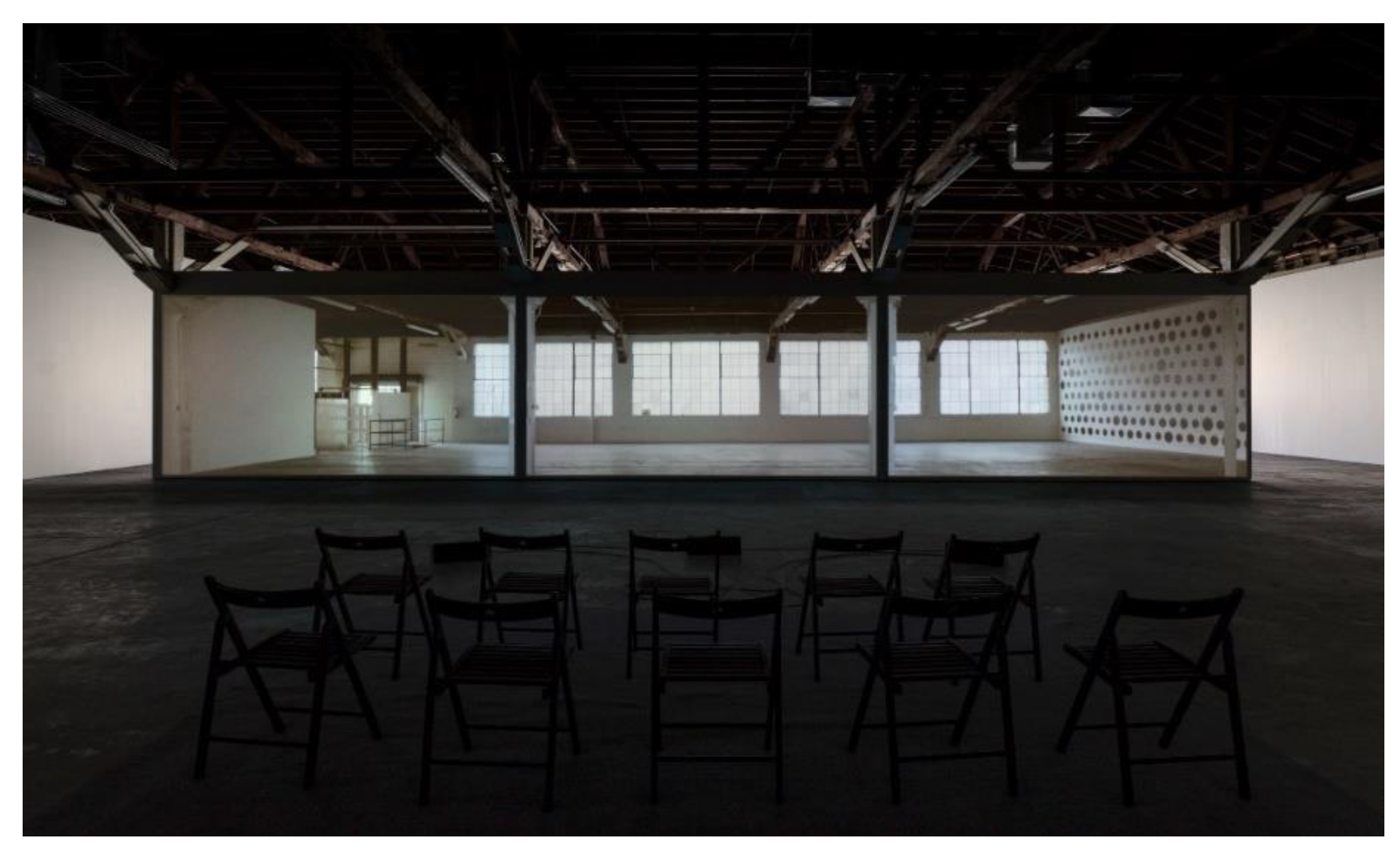


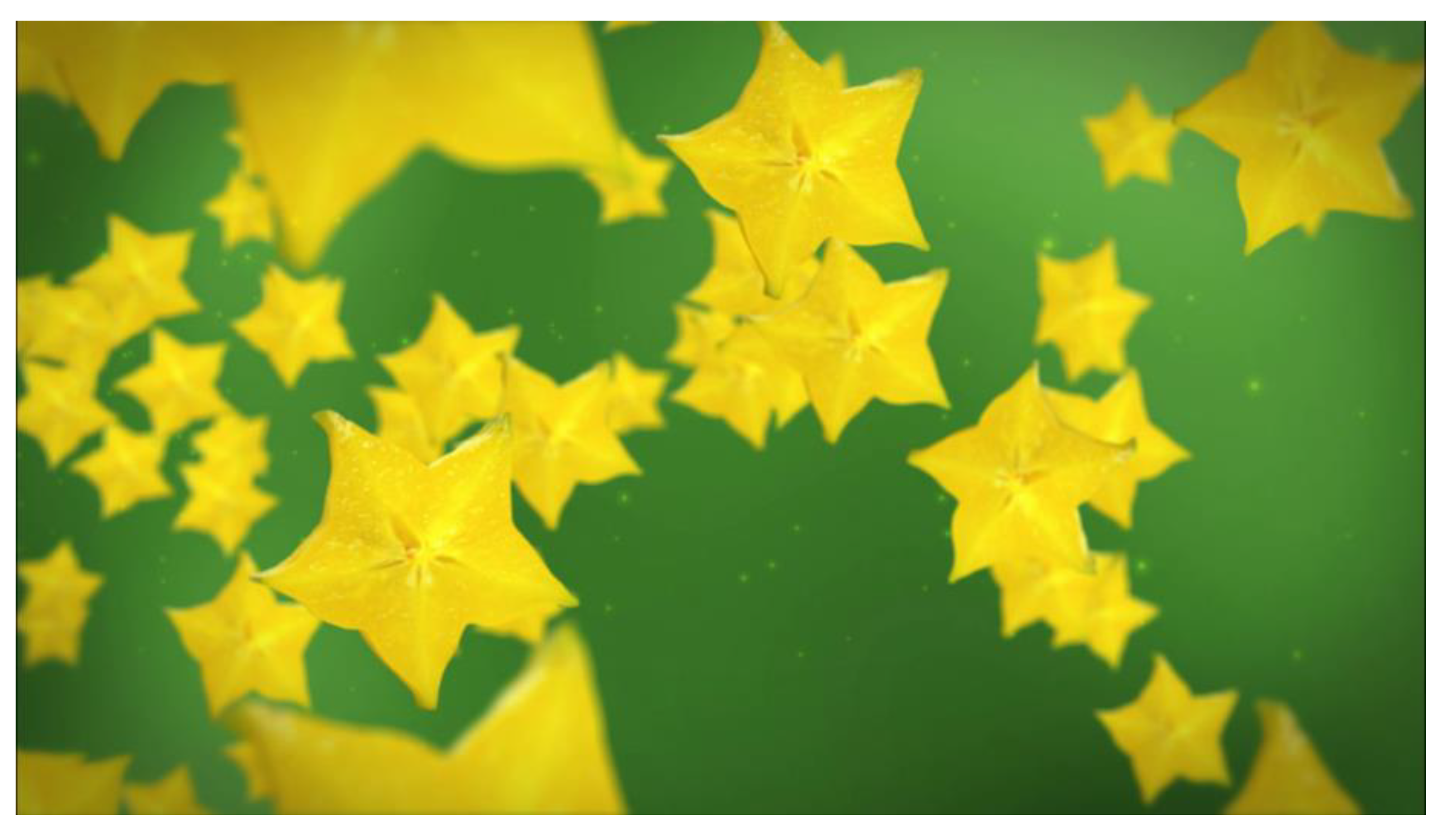
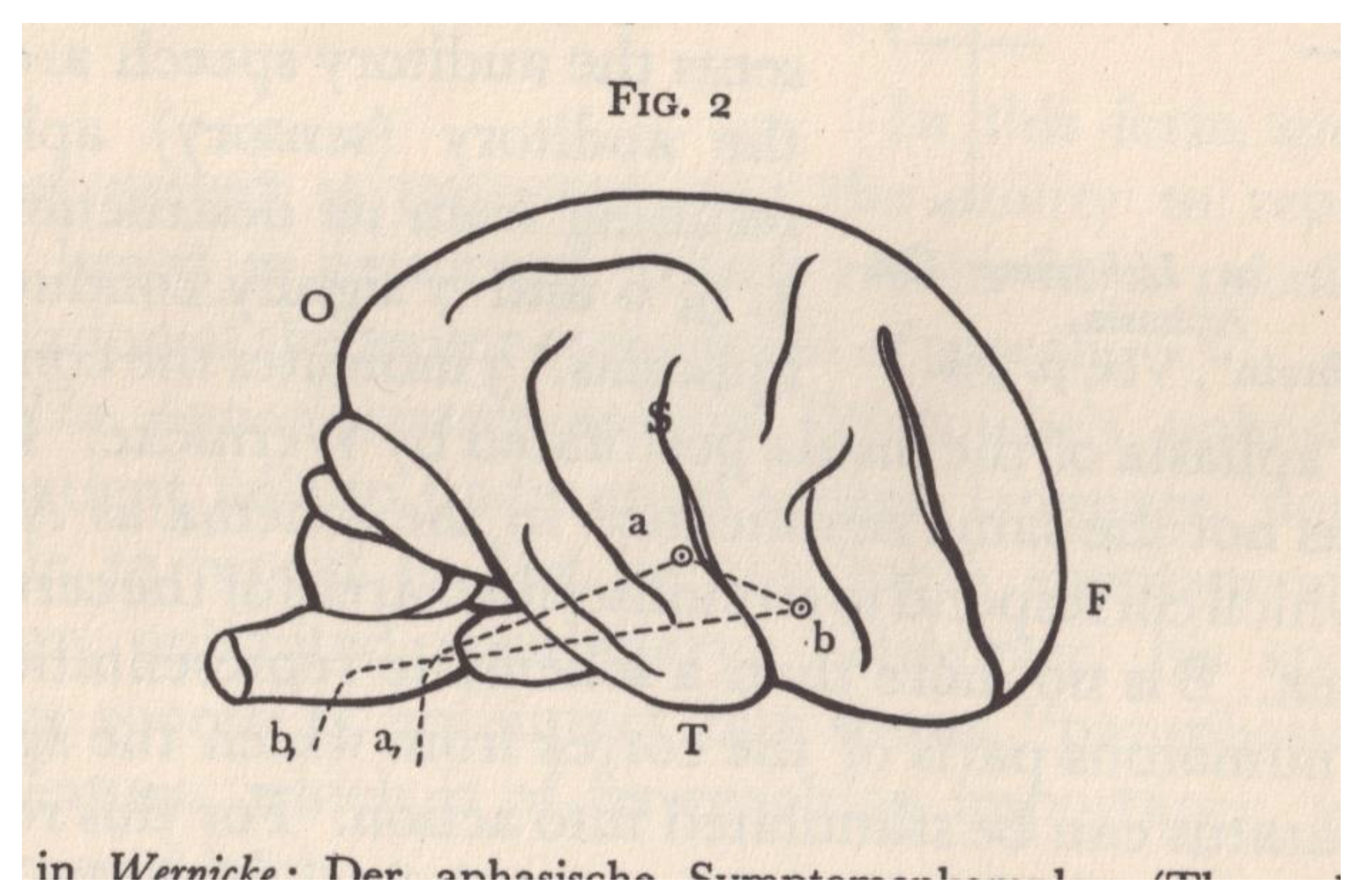
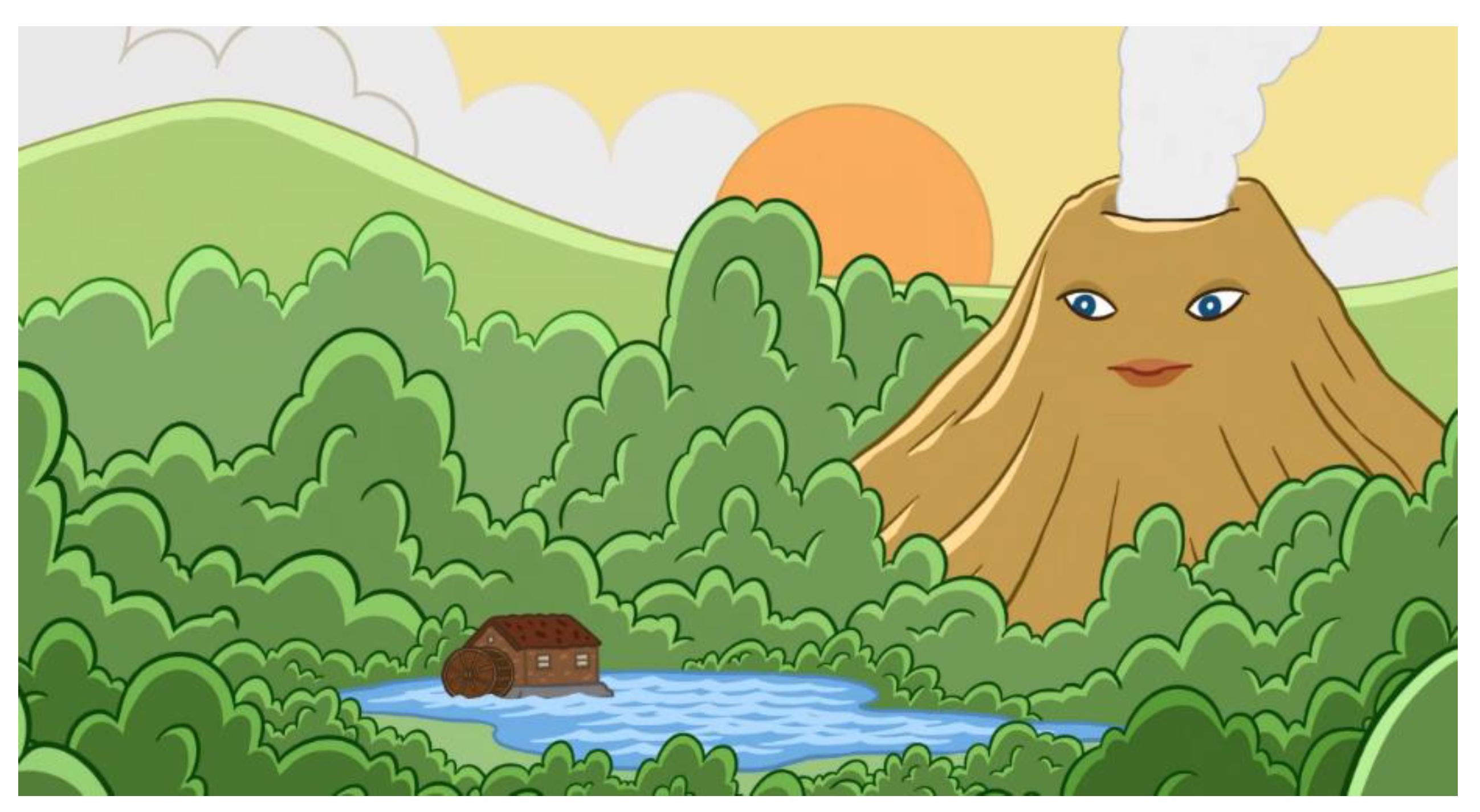

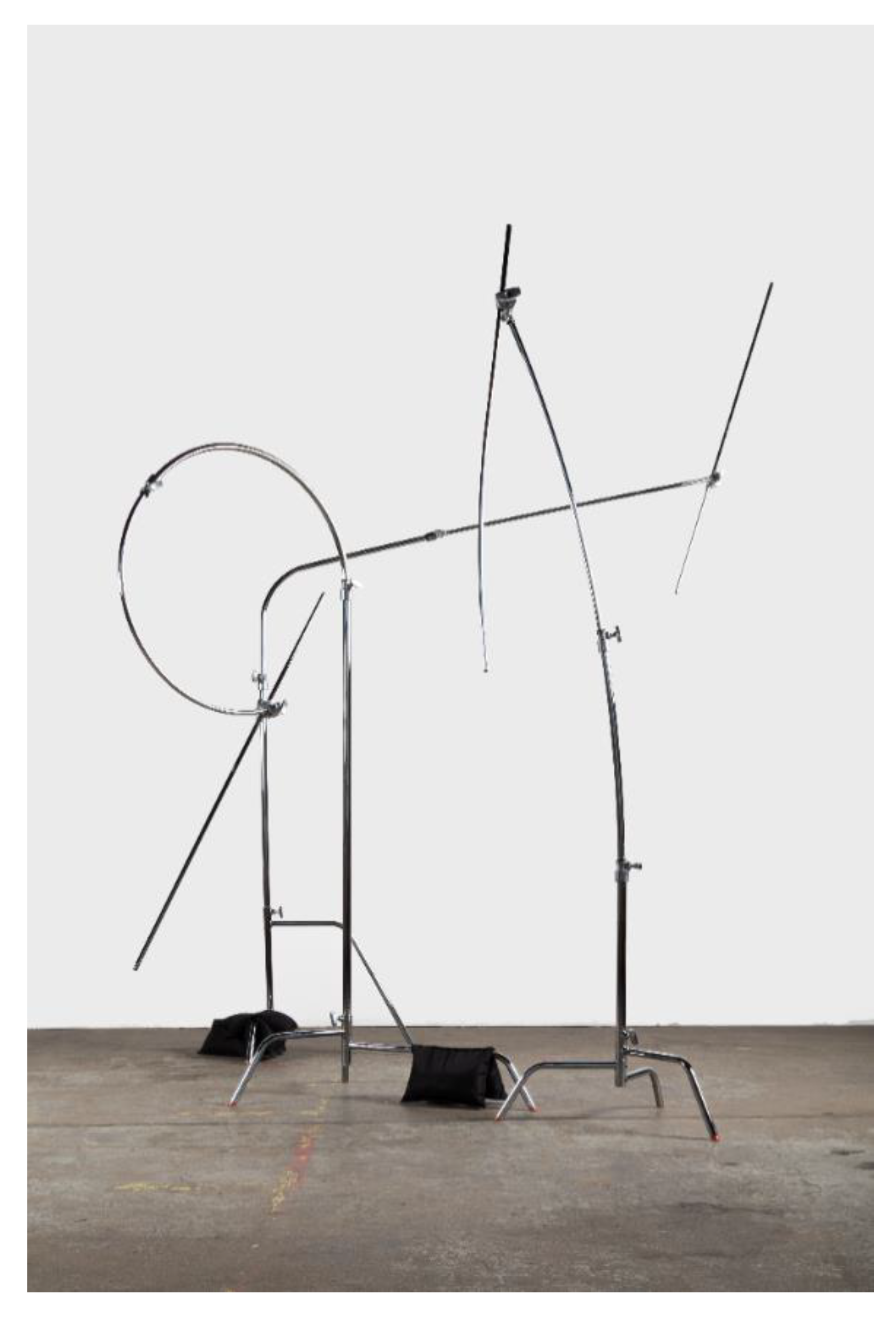

© 2020 by the author. Licensee MDPI, Basel, Switzerland. This article is an open access article distributed under the terms and conditions of the Creative Commons Attribution (CC BY) license (http://creativecommons.org/licenses/by/4.0/).
Share and Cite
Cozzi, L. Metaphor to Métier: Kerry Tribe’s “Aphasia Poetry Club” and the Discourse of Disability in Contemporary Art. Arts 2020, 9, 49. https://doi.org/10.3390/arts9020049
Cozzi L. Metaphor to Métier: Kerry Tribe’s “Aphasia Poetry Club” and the Discourse of Disability in Contemporary Art. Arts. 2020; 9(2):49. https://doi.org/10.3390/arts9020049
Chicago/Turabian StyleCozzi, Leslie. 2020. "Metaphor to Métier: Kerry Tribe’s “Aphasia Poetry Club” and the Discourse of Disability in Contemporary Art" Arts 9, no. 2: 49. https://doi.org/10.3390/arts9020049
APA StyleCozzi, L. (2020). Metaphor to Métier: Kerry Tribe’s “Aphasia Poetry Club” and the Discourse of Disability in Contemporary Art. Arts, 9(2), 49. https://doi.org/10.3390/arts9020049




